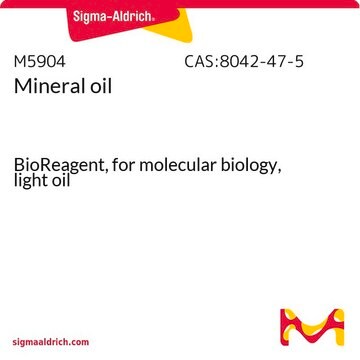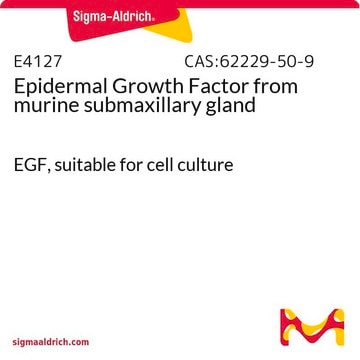N7143
Nigericin sodium salt
≥98% (TLC)
Synonym(s):
Antibiotic K178, Antibiotic X464, Azalomycin M, Helexin C, Polyetherin A
About This Item
Recommended Products
biological source
Streptomyces hygroscopicus
Quality Level
Assay
≥98% (TLC)
form
powder
antibiotic activity spectrum
Gram-positive bacteria
Mode of action
cell membrane | interferes
storage temp.
2-8°C
SMILES string
[Na+].[H][C@@]1(CC[C@H](C)[C@@]([H])(O1)[C@@H](C)C([O-])=O)C[C@]2([H])C[C@@H](OC)[C@@H](C)[C@]3(O2)O[C@@](C)(C[C@H]3C)[C@@]4([H])CC[C@](C)(O4)[C@]5([H])O[C@]([H])(C[C@@H]5C)[C@@]6([H])O[C@@](O)(CO)[C@H](C)C[C@@H]6C
InChI
1S/C40H68O11.Na/c1-21-11-12-28(46-33(21)26(6)36(42)43)17-29-18-30(45-10)27(7)40(48-29)25(5)19-38(9,51-40)32-13-14-37(8,49-32)35-23(3)16-31(47-35)34-22(2)15-24(4)39(44,20-41)50-34;/h21-35,41,44H,11-20H2,1-10H3,(H,42,43);/q;+1/p-1/t21-,22-,23-,24+,25+,26+,27+,28+,29+,30+,31+,32+,33+,34-,35+,37-,38-,39-,40+;/m0./s1
InChI key
MOYOTUKECQMGHE-PDEFJWSRSA-M
Looking for similar products? Visit Product Comparison Guide
General description
Application
Biochem/physiol Actions
Other Notes
Signal Word
Danger
Hazard Statements
Precautionary Statements
Hazard Classifications
Acute Tox. 3 Oral - Eye Irrit. 2
Storage Class Code
6.1C - Combustible acute toxic Cat.3 / toxic compounds or compounds which causing chronic effects
WGK
WGK 3
Personal Protective Equipment
Certificates of Analysis (COA)
Search for Certificates of Analysis (COA) by entering the products Lot/Batch Number. Lot and Batch Numbers can be found on a product’s label following the words ‘Lot’ or ‘Batch’.
Already Own This Product?
Find documentation for the products that you have recently purchased in the Document Library.
Customers Also Viewed
Our team of scientists has experience in all areas of research including Life Science, Material Science, Chemical Synthesis, Chromatography, Analytical and many others.
Contact Technical Service












